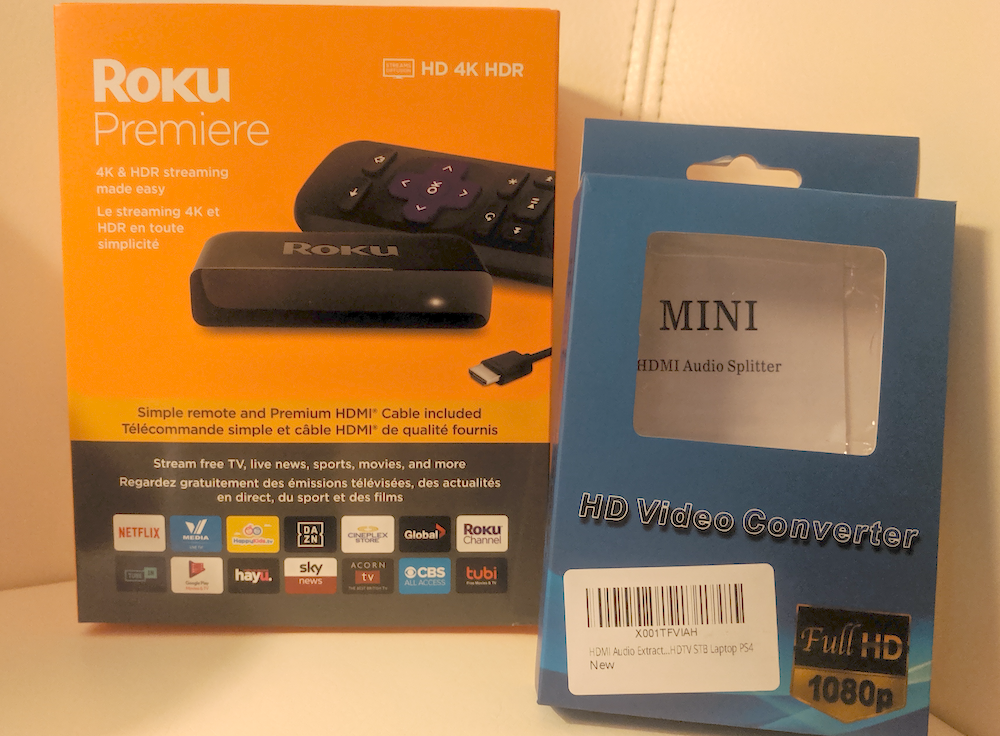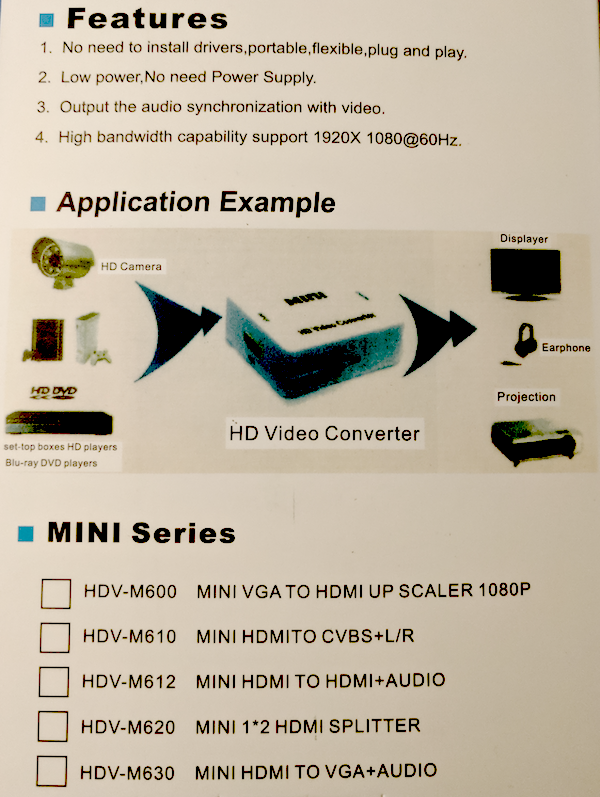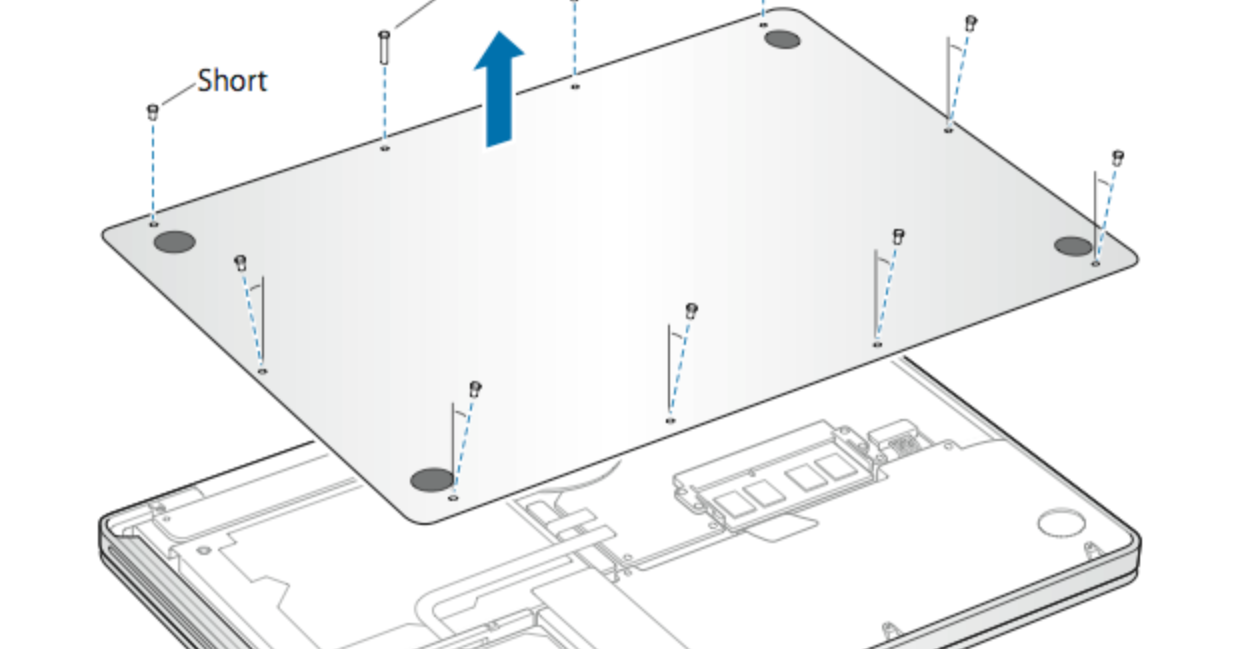TLDR – My old phone was having terrible battery problems. Google is bad at selling hardware. I bought a Pixel 4a, it is amazing.
Category: Gadgets
Roku Premiere Review

Last year leading up to ‘Black Friday‘ we started to think about getting a modern console gaming system – our Nintendo Wii and PS3 were starting to feel a little dated both having been initially released in late 2006.
The Ps3 has been my blu-ray player, and streaming box at the heart of my home theatre. When I bought it, it was one of the best players you could get, and it was reasonably priced for the quality. I was frustrated earlier this year when the Plex app stopped working with the PS3 and it was clear that it would no longer be supported. We’d also noticed that Netflix was starting to feel like it took a long time to start up. The Amazon Prime app would also glitch out on the rare occasion.
We decided to get a Nintendo Switch, but that got me thinking about getting a new TV for the playroom so I could reclaim the theatre as my domain and have the after school game sessions happen somewhere else. This meant finally saying goodbye to the 24″ Sony Trinitron, it was still going strong 15yrs after we bought it.
The TV I picked was the TCL 55″ 4K Roku 55S423CA from CostCo. This is the 4-Series version of the set, but at the sub $400 price point it’s hard to go wrong. This is a 4k display: 3840 x 2160 = 8294400 pixels. If my math is right, that’s 20k pixels per dollar!
While I was looking forward to a modern TV, I had not really thought much about the ‘Smart TV’ features. I just wanted all those pixels. The TCL comes with Roku built in.
Hooray, I've joined the modern world with a 4k TV. Boo – first boot software update.
— Roo (@andrew_low) December 25, 2019
Yup, before I can even use the new TV I have to do a firmware upgrade and log into Roku, which also requires me to create an account. I’d much rather turn on my new toy and immediately get to use it, but it was a pretty smooth experience given it happened all over WiFi. You did need a second device to complete the setup (web browser), but at this point that’s not a bad assumption.
Once we get past the initial setup, the Roku TV experience is pretty slick overall. Netflix and Prime both appear to start faster than the PS3. While I initially purchased the TV primarily to be a game console display, it’s ended up being used to watch shows quite a bit. There is a fireplace in that room, as well as the treadmill where I often run and watch a movie.
Roku has a useful Android app, and that app supports local listening. This feature lets you redirect audio from the Roku to your android device (phone). Paired with a wireless bluetooth headset and I’ve got private listening.
With the PS3 starting to show its age, and the Roku feeling like a slick media player I began to think I should pick one up for the theatre. My requirements for such a device were:
- IR control – to integrate into the existing single remote setup
- SPDIF (optical or coaxial) output to feed the sound system
- Ideally wired networking
This make me think the Roku Ultra was the right choice, but frustratingly the Canadian devices are a subset of what was available in the US. I did think seriously about picking up the Ultra anyways, but concerns about getting an old stock (7th generation vs 8th), software compatibility (Canada vs. US) and generally the hassle of actually buying one resulted in my picking the Roku Premiere.
The Premiere is an 8th generation device, is officially available in Canada, and is a really nice price point too. It only has one of the 3 requirements, but the Ultra only had 2. I did have a minor concern about the WiFi support not being dual band, but it turns out that hasn’t been a problem at all. I did find the wikipedia article helpful in finally arriving at a decision on which model to get.
If I can live without wired networking, I still need to get SPDIF output. This was easy to achieve with an add on HDMI box that stripped out the audio. The box I got is pictured in the top photo on the right. What is amusing is the back of the box.

This is very clearly a single box used to packaged multiple devices, and it suffers from some inaccuracies (no power supply required?). If I had to guess, the device I got was the HDV-M612. On Amazon it was advertised as “HDMI Audio Extractor HDMI to SPDIF/Toslink Coaxial 3.5mm Stereo Audio Splitter Converter with USB Interface for DVD HDTV STB Laptop PS4” – yeah, jam in all those keywords.
Aside from the suspicious packaging, the device itself was simple to setup. HDMI input, USB power, HDMI output, Coaxial SPDIF output. It has a small red LED indicating it’s powered, and it just works.
Maybe not surprising, but I thought it was pretty amazing that it was only 25hrs between ordering it on Amazon and having the two devices in my hands – with free shipping.
All in all, it was easy to setup and just works. The Roku experience is simpler than the PS3 and just works. It’s hard to argue with the quality and performance of the Premiere.
The Culture of Disposable Technology
I really like taking things apart. When it comes to smart phones, the Nexus 4 was the last phone I really did any actual tinkering around inside. That phone had a 7/10 repairability score on ifixit, not bad. I had replaced the battery multiple times, and even the motherboard.
My current phone is the Google Pixel XL, it also surprisingly gets a 7/10 on ifixit. Looking at the battery replacement guide, it seems the display is likely to break when you pry it off. This seems much worse than the Nexus 4 to me since other than the screen, the battery is probably the next most likely component you’ll want to replace.
It wasn’t always this way. Removable batteries were common, that is before the rise of smartphones. Some lay the blame on Apple and the iPhone, but the industry as a whole needs to own this problem. The rate and pace of improvements has driven this issue, it’s quite common to replace your phone after 2 years – why make anything repairable?
Even the latest macbook pro has a removable cover.

Imagine if we put a few screws on the back of the Google Pixel XL in the same style? The battery is stuck right on the back cover.
![]()
The only hitch is the battery connector is on the wrong side of the circuit board.
![]()
It might be awesome to create after market phone bodies which enable easy repair, but re-house the existing electronics. While it’s unfortunate that modern screens are glued to the frame – I can deal with that being a part I need to replace as a whole. The structural benefits of the screen being firmly affixed are worth that. The back of the phone, other than possibly being a water-resistance problem, seems like an obvious location for access to the inside.
There is a security story here, making it hard to open the phone means you can trust the insides haven’t been tampered with. For the majority of users, this isn’t a key part of their threat model. Also, everything is broken anyways. Tamper proof stickers are also an easy solution to that. I’d even be ok if the panel on the back was glued on – and removing it voided my warranty.
It is probably a difficult business case to justify building an aftermarket phone body to re-house the electronics. Still I can dream.
The trend of making the screen the thing you need to remove to get into the phone is a bad decision for repairability. If the latest macbook pro can have screws on the underside, why can’t modern smart phones?
There is some hope if we look at the maker community and projects like kiteboard. There is also the Fairphone as an option, but it is not available in all countries.
